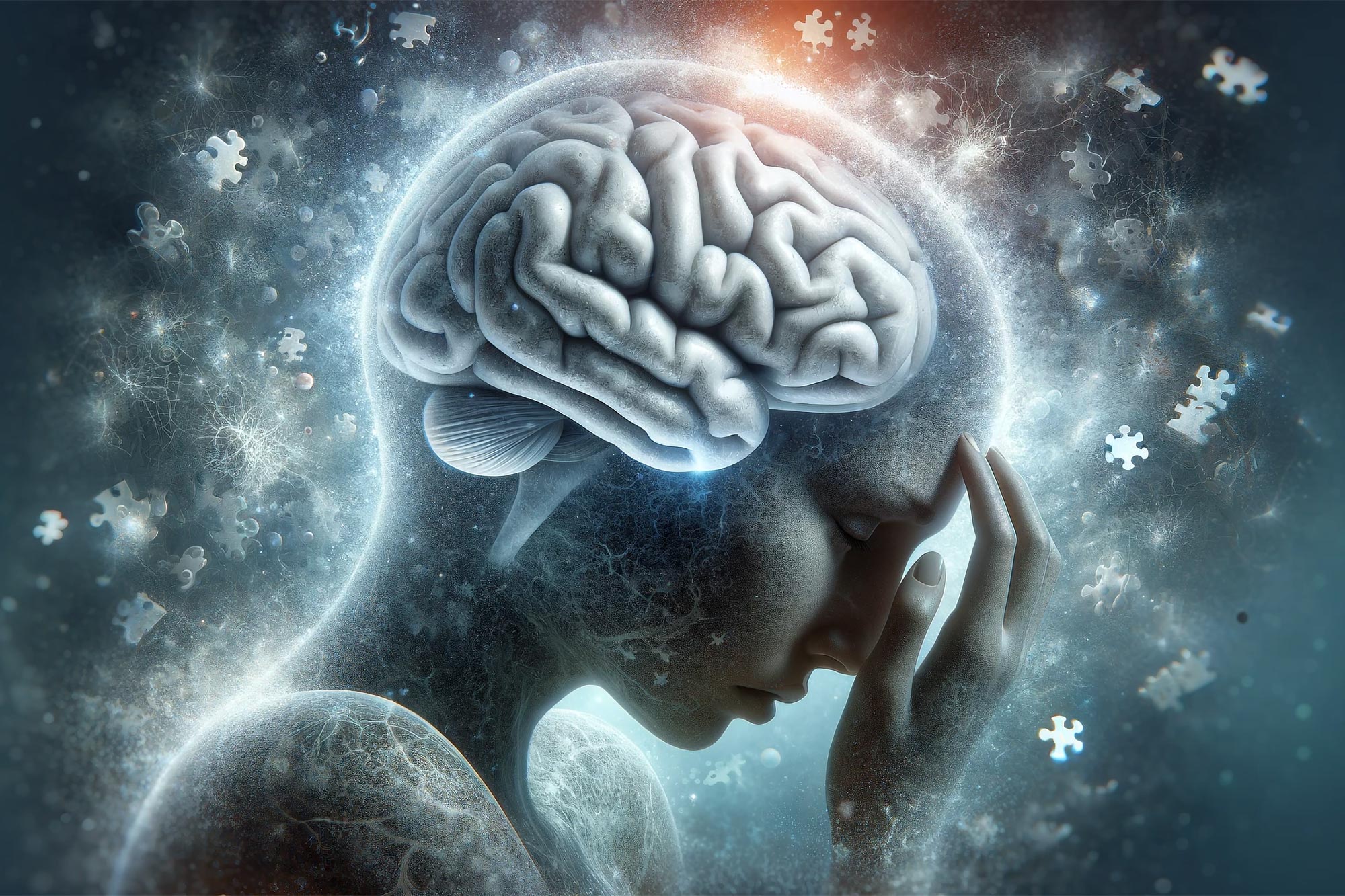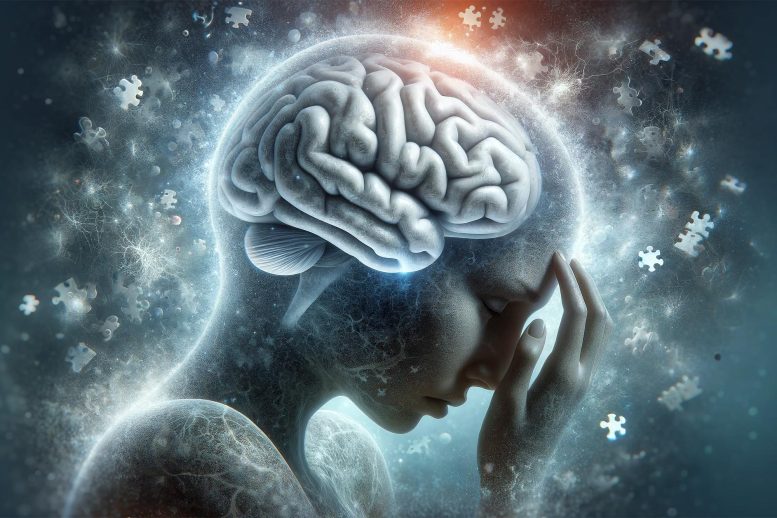

A new study has unveiled the profound impact of childhood trauma on brain development, particularly affecting neural networks associated with self-awareness and problem-solving. The research, employing AI to analyze brain scans, suggests that affected children struggle with emotional regulation, empathy, and academic challenges. It underscores the need for treatments that go beyond addressing trauma triggers, focusing instead on rewiring the brain and enhancing the sense of self.
The world’s largest brain study of childhood trauma has revealed how it affects development and rewires vital pathways.
The University of Essex study – led by the Department of Psychology’s Dr Megan Klabunde – uncovered a disruption in neural networks involved in self-focus and problem-solving. This means under-18s who experienced abuse will likely struggle with emotions, empathy, and understanding their bodies.
Difficulties in school caused by memory, hard mental tasks, and decision-making may also emerge. Dr Klabunde’s cutting-edge research used AI to re-examine hundreds of brain scans and identify patterns. It is hoped the research will help hone new treatments for children who have endured mistreatment.
This could mean therapists focus on techniques that rewire these centers and rebuild their sense of self.
Advanced Research and Future Directions
Dr Klabunde said: “Currently, science-based treatments for childhood trauma primarily focus on addressing the fearful thoughts and avoidance of trauma triggers. This is a very important part of trauma treatment. However, our study has revealed that we are only treating one part of the problem. Even when a child who has experienced trauma is not thinking about their traumatic experiences, their brains are struggling to process their sensations within their bodies. This influences how one thinks and feels about one’s ‘internal world’ and this also influences one’s ability to empathize and form relationships.”
Dr Klabunde reviewed 14 studies involving more than 580 children for the research published in Biological Psychiatry Cognitive Neuroscience and Neuroimaging.
The paper re-examined functional magnetic resonance imaging (fMRI) scans. This procedure highlights blood flow in different centers, showing neurological activity. The study discovered a marked difference in traumatized children’s default mode (DMN) and central executive networks (CEN) – two large-scale brain systems.
The Role of DMN and CEN in Trauma
The DMN and the posterior insula are involved in how people sense their body, their sense of self, and their internal reflections.
New studies are finding that DMN plays an important role in most mental health problems – and may be influenced by experiencing childhood trauma. The CEN is also more active than in healthy children, which means that children with trauma histories tend to ruminate and relive terrible experiences when triggered.
Dr Klabunde hopes this study will be a springboard to find out more about how trauma affects developing minds. She said: “Our brain findings indicate that childhood trauma treatments appear to be missing an important piece of the puzzle. In addition to preventing avoidance of scary situations and addressing one’s thoughts, trauma therapies in children should also address how trauma impacts one’s body, sense of self, emotional/empathetic processing, and relationships. This is important to do so since untreated symptoms will likely contribute to other health and mental health problems throughout the lifespan.”
Reference: “An FMRI Meta-Analysis of Childhood Trauma” by Rebecca Ireton, Anna Hughes and Megan Klabunde, 2 February 2024, Biological Psychiatry: Cognitive Neuroscience and Neuroimaging.
DOI: 10.1016/j.bpsc.2024.01.009

